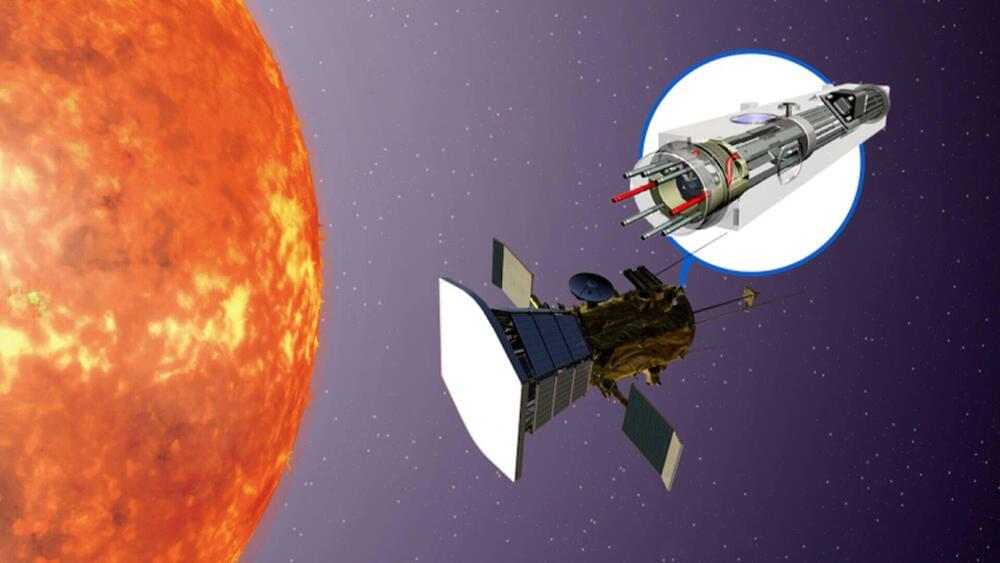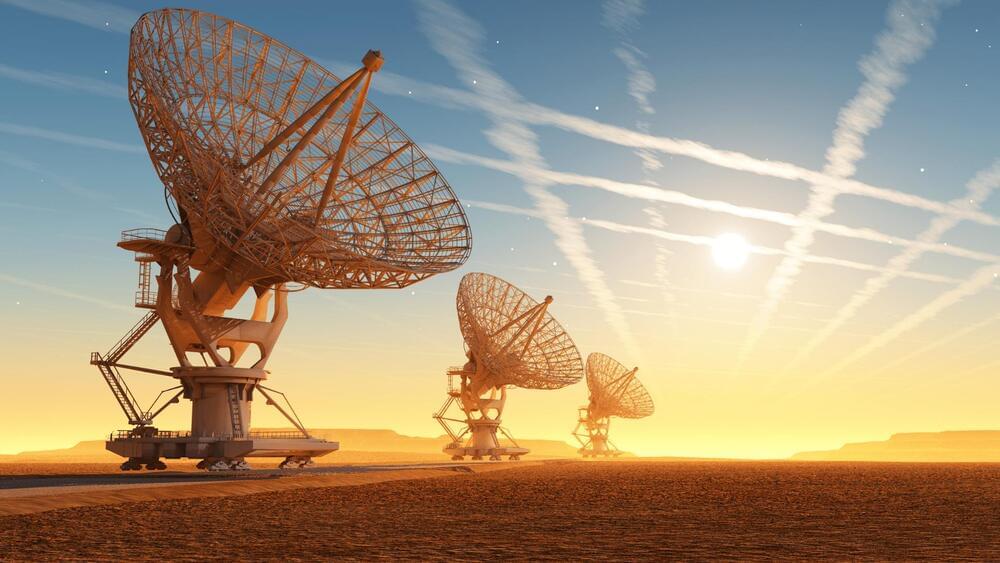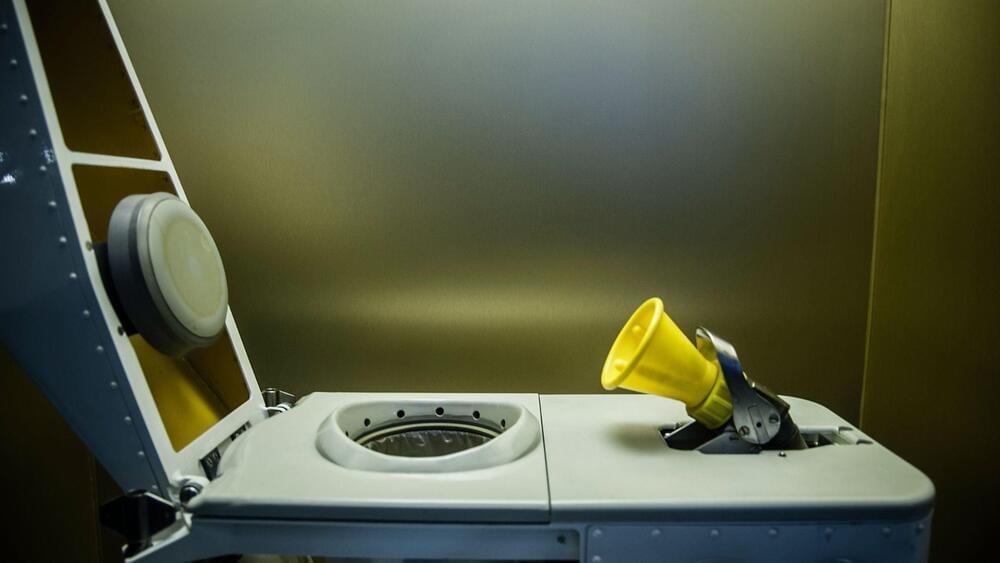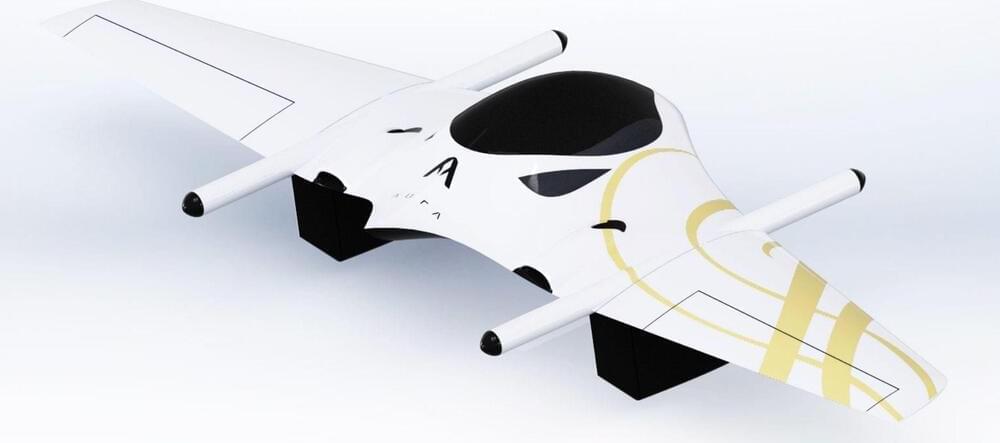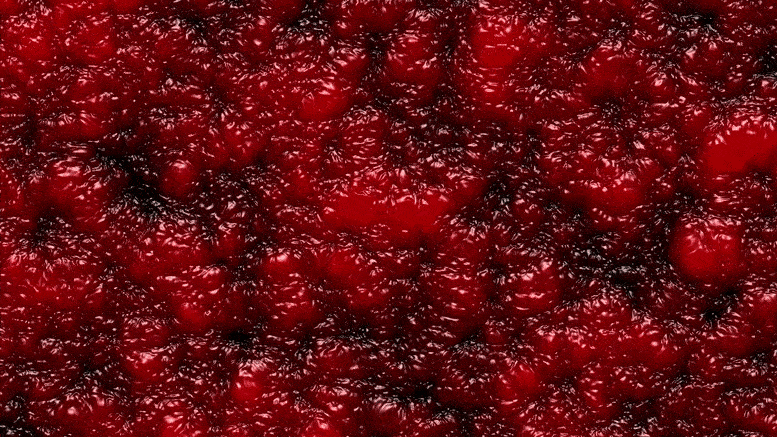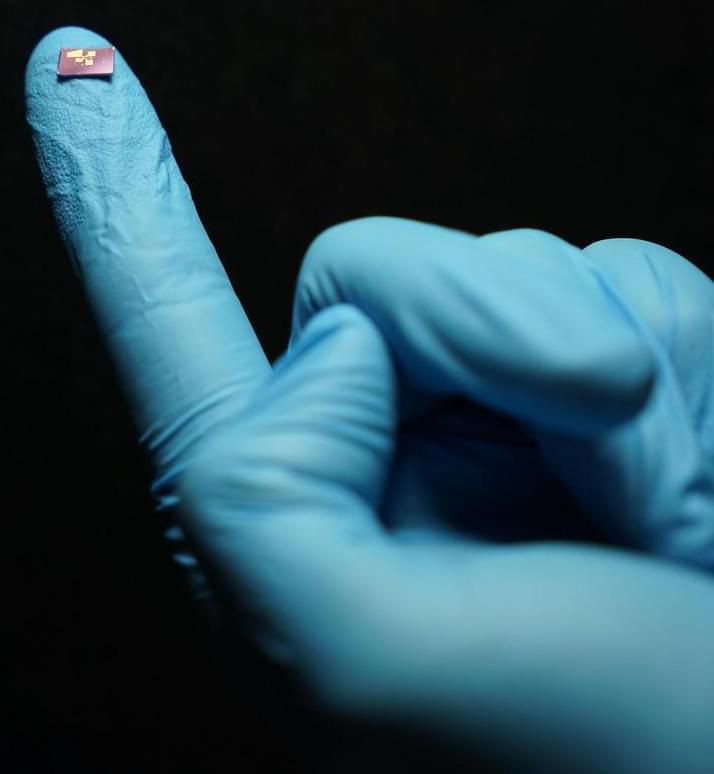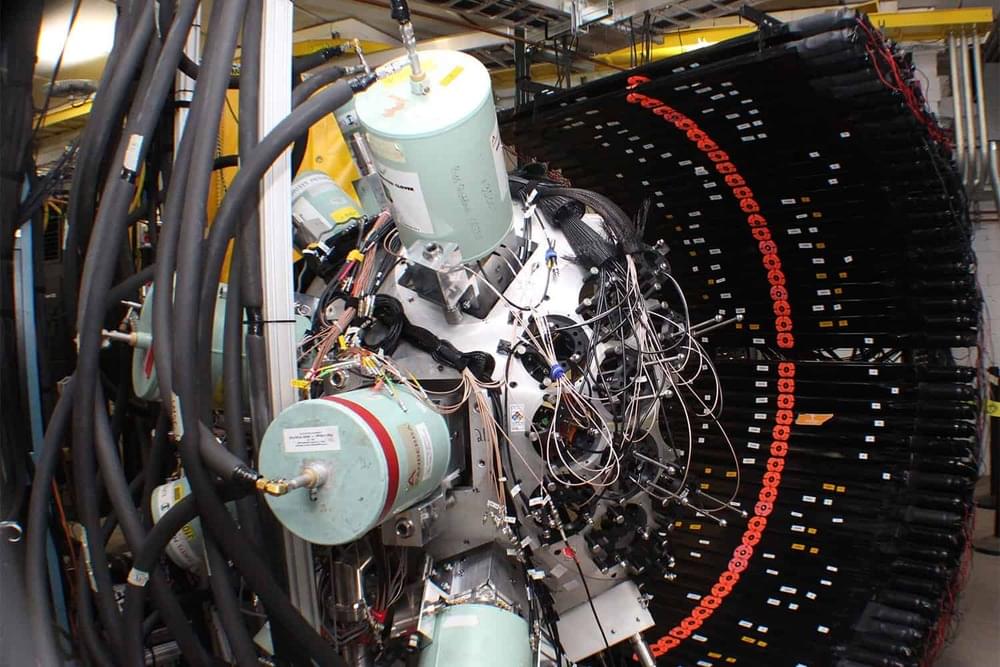Dec 6, 2022
Scientists suggest sending atomic clocks near the Sun to search for dark matter
Posted by Gemechu Taye in category: cosmology
Ultralight dark matter has wavelike properties that could affect the operation of the clocks.
For decades, scientists have been trying to wrap their heads around the dark matter, which makes up an estimated 85 percent of the mass in the universe. Despite experimental efforts running for decades, researchers have only been able to observe the essence, not quite detect it.
Now, a new study published in Nature Astronomy on December 5 revealed that an atomic clock on-board a spacecraft inside the inner depths of the solar system could search for ultralight dark matter. The latter has wavelike properties that could affect the operation of the clocks.
